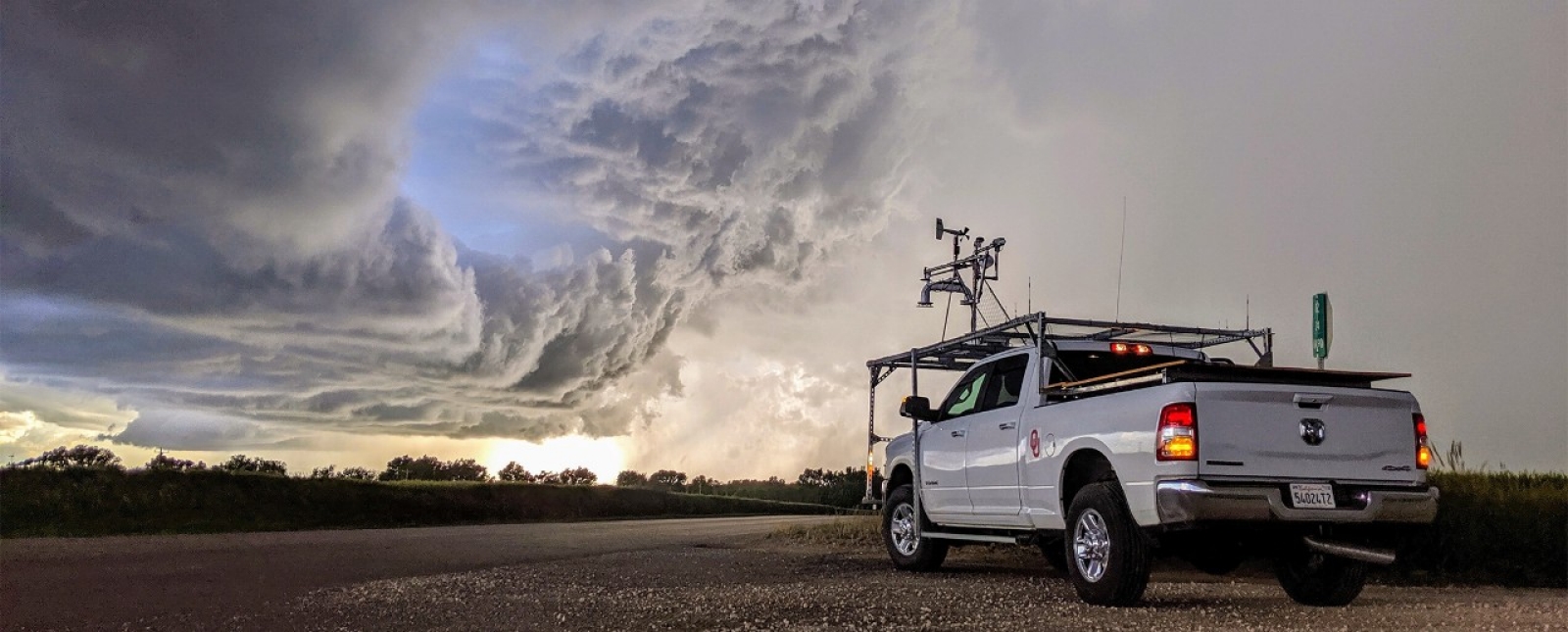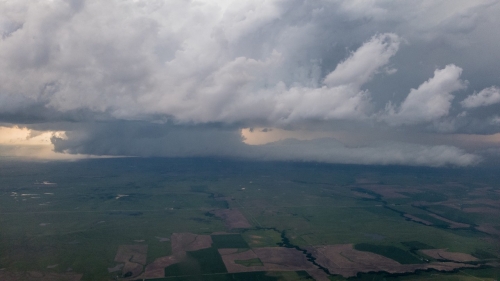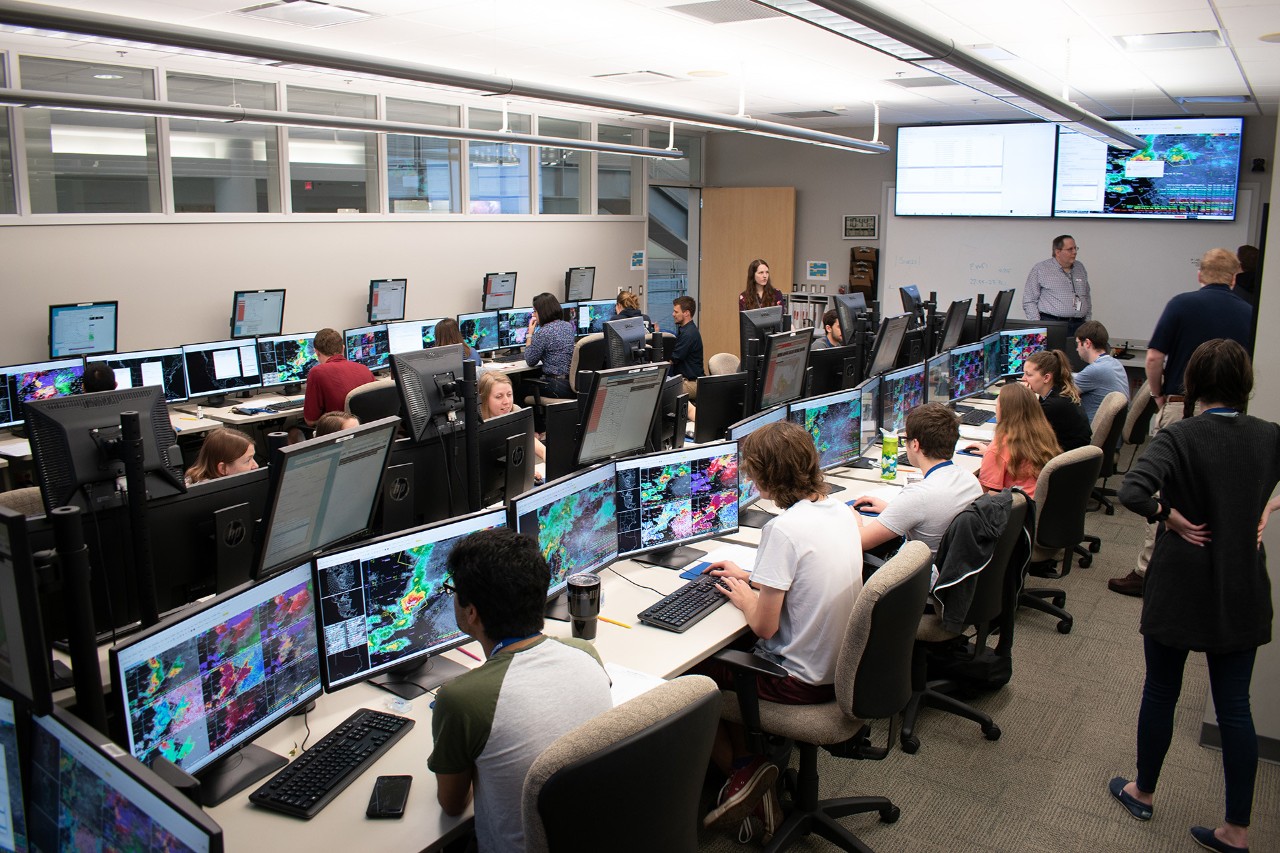The National Oceanic Atmospheric Administration announced today it selected the University of Oklahoma to host NOAA’s new Cooperative Institute for Severe and High-Impact Weather Research and Operations (CISHIWRO). The selection comes with an award of up to $208 million over five years, with the potential for renewal for another five years based on successful performance.
“It is an extraordinary honor for the university to be selected to lead the new Cooperative Institute for Severe and High-Impact Weather Research and Operations,” said OU President Joseph Harroz Jr. “As Oklahoma’s flagship institution, our mission is to harness innovation and pathbreaking discoveries to advance society. Through the new cooperative institute and the work of hundreds of researchers, we will see profound advancements in the study of weather, leading to improved warning systems that will ultimately save lives.”
The mission of CISHIWRO is to conduct severe and high-impact weather research in order to improve the understanding of severe and high impact weather in collaboration with NOAA. OU leads the cooperative institute with new partner institutions Howard University, The Pennsylvania State University, Texas Tech University and University at Albany. The institute will also collaborate with the NOAA Cooperative Science Center in Atmospheric Sciences and Meteorology (NCAS-M), in addition to others.
The award reaffirms NOAA and OU’s 43 years of collaboration and increases funding by $66 million to extend the work of NOAA’s previous cooperative institute at OU.




